A column published in The Washington Post portraying WIS as insensitive to racial issues drew mixed reactions from the entire community in early May. The columnist, Jay Mathews, describes the ongoing struggle between Melanie Sloan, the mother of a WIS fourth-grader, and the administration, which she felt does not properly handle issues of race at the primary campus. The aftershocks of the column consisted of discussions regarding racial issues at WIS and how the piece depicted a school that celebrates its diversity and internationalism as a place of racial ignorance.
The column introduces the school’s struggle with race through an incident involving the appearance of racist graffiti in a Primary School girls’ bathroom. The graffiti read “N-word,” an abbreviated form of a racial slur.
Natasha Bhalla, the interim Primary School principal, described the incident as “unacceptable and deplorable.”
Mathews then mentioned subsequent times where Sloan, who is white and has an African-American daughter, felt the school was racially insensitive. In the column, Sloan discussed three additional incidents where she complained to the school about issues involving race, all of which the administration acknowledged.
Throughout these conflicts, Sloan never met with Bhalla, who is also the Associate Head of School, or Head of School Suzanna Jemsby. Some of the events noted in the column occurred in previous years, before Jemsby came to WIS and before Bhalla took over as Interim Primary School Principal.
Jemsby was able to view the first draft of the column, which she said “had many more factual inaccuracies” and suggested changes to Mathews’ piece. Her biggest qualm was that her emails with Sloan were “vastly truncated” and portrayed her as “flippant.” The final sentence of the column, where Jemsby questions Sloan’s fit at WIS, was taken from that email exchange but was completely out of context.
It was depicted that Jemsby questioned Sloan’s fit at WIS because she challenged the school’s approach to racial issues. However, in actuality, the email exchange centered around the introduction of a song played at a school gathering, which Sloan called racist. Jemsby questioned Sloan’s fit at WIS, due to the fact that she accused WIS of being racist based on the way a song was introduced at the Primary School concert.
Sloan replied, saying, “I agree with you that WIS is not a good fit for us.”
Jemsby offered to send Mathews the full email exchange in order to provide more context, however, Mathews rejected her offer.
Jemsby then sent an email to the entire WIS community with her stance on the column, and the next morning, the column was published.
The WIS Community Reacts to the Column
The moment the column was published, it was the talk of the Tregaron campus. Many students questioned its credibility and whether one parent’s grievances truly represent their school. “My initial reaction [to the column] was ‘how dare they,’” the head of the Black Student Union (BSU), Ayanna Rhodes, a rising junior who is African-American said. “It is not accurate. It’s not a good article. It’s one-sided.”
Megan Connolly, a mother of two WIS students, who organizes many fundraising projects at WIS, agreed that the column misrepresented WIS. “It seemed to me like somebody had a specific issue, which is fine, and it wasn’t being addressed in the way they wanted it to be addressed,” Connolly, who is white, said. “So, they took it to a broader audience, and I think that’s a little bit unfair because I don’t think it painted the right picture of WIS.”
WIS students, parents, and alumni bombarded the column’s comment section, slamming Mathews for using the perspective of one parent to represent WIS.
That morning, at a discussion held by Upper School Dean of Students Beta Eaton, students talked about the column and their racial experiences on both WIS campuses. The students communally agreed that the column was poorly reported and misrepresented WIS as a whole, but it did shed light on some critical issues at WIS.
“In the end, [the column] was kind of necessary for WIS to take racism at school seriously,” rising senior Ella DeBose, who is African-American, said.
Many within the WIS community believe the mentality towards race within the student body needs to improve. Some high school students believe that there is casual racism which manifests itself in jokes or comments.
Rising senior Fabrice Gray, who is Haitian-American, agrees that there is subtle racism stating, “It’s a recurring joke that people call me a slave.” Gray does not want to lose his friends, but he thinks these jokes are something that should be stopped. “I don’t think it’s a joke when people are laughing at you just for the color of your skin,” Gray said.
Racial Issues in the Past
In her first year at WIS, Jemsby is becoming more aware of the subtle racism at WIS and was saddened after attending a meeting with BSU and the Student Diversity Leadership Conference (SDLC) where several students shared their experiences with subtle racism on campus.
“We can get a little complacent with things and don’t always see the hurt that is happening, so we’ve got some work to do,” Jemsby said, reflecting on the meeting.
In addition, some students feel that the administration can fall short in addressing the issue of race when an incident does occur. DeBose experienced being called the “N-word” in second grade. She does not feel like the administration took the incident as seriously as they are now, as the recent column jeopardizes WIS’ reputation.
In ninth grade, the same individual mocked DeBose and attempted to mimic her using ape sounds. DeBose said that at the time, she was afraid to defend herself and to be seen differently from the rest of her predominantly white grade.
When DeBose’s situation was taken to the administration, the perpetrator had to apologize.
But, DeBose wishes the punishment had been more severe, saying the apology was “kind of like a slap on the wrist.”
Looking ahead
In order to prevent more incidents, some students within the community question when and how WIS should introduce the subject of race to students. Jemsby argued that in addition to WIS teaching about racial issues through literature and history lessons, “those conversations belong in the home from a really early age.” However, if parents are responsible for instilling an understanding of race in their own children, should WIS have a role in instructing parents on how and what they should teach their kids?
The school’s administration states that WIS seeks for their student body to be “one-third truly international, one-third blend international and U.S., and one-third U.S.”
Some within the community believe that as the majority of students have at least one international parent, there is a lesser cultural understanding and connection to American racial issues among students, compared to a typical American school. White Italian-American rising senior, William Raineri, explained that “racism is much more prevalent [in Italy] as people just don’t know (or care) about bad things that have happened in the past.”
Furthermore, as WIS aims to teach a “global perspective,” students learn about a plethora of injustices around the world rather than focus in on those closest to students. “There are other systems [of oppression] for [students] to look at as well,” Jemsby said mentioning that her ancestor died in the Basque country in Spain.
“I think we do less in some areas but for a better understanding of the world at large,” Jemsby said.
However, some members of the community argue that WIS only teaches a Western worldview. According to one teacher on the Tregaron Campus, “teachers who have traveled to teach may not know any history beyond western history,” and that the school should teach about more minority groups, particularly those relevant to Washington, DC, as most students have a very basic understanding of the city.
In addition to these fundamental issues, students have raised concerns about the lack of minority representation, especially in the faculty. There are very few teachers of color in core subjects such as math, English and the sciences, throughout the Middle and Upper School.
Gray, who is a lifer at WIS, agreed that the column brought out issues with how the Primary School teaches race.
“I understand that [Sloan] really does want the education,” Gray said of Sloan getting tickets for her daughter’s entire second-grade class to visit the African-American History Museum, “I do think WIS should work harder teaching younger kids about race.”
Current eighth-grader, Sophia Al-Samarrai, who is white, commented on a meeting she recently attended with Middle School Principal Randy Althaus concerning race, stating that she learned more about race during that meeting than in all her years of education at WIS.
Rising sophomore Jesse Jackson, who is also African-American, agrees with Gray.
“I had to learn [about race] from a first-hand experience. I never really got told what racism was,” Jackson said.
Newly elected International Student Union (ISU) president Jakobi Haskell came to WIS in second grade and says that in his experience in the Primary School, he did not learn much about the African-American experience. But, he claims that the issues are much better taught in the middle and upper schools.
“In high school, we do various units about race, like the Civil War and Reconstruction, which kind of shows how the U.S. got to the situation it is in today,” Haskell, who is biracial, said. However other students, such as DeBose, expressed discomfort talking about slavery while being one of the only African-Americans in the classroom.
Rhodes, who came to WIS as a ninth-grader believes the curriculum could improve by spending more time teaching about successes of African-Americans, instead of their suffering. “It’s all based on struggle, so I believe there should be more discussion on other aspects of black history,” Rhodes said.
Jemsby expressed that she was hoping to tackle complex issues such as race when she was more familiar with the community, however, the claims made in Mathews’ column have forced the WIS administration to react to the issues of race sooner. It is possible that we will see a change in the way that WIS approaches race both in and out of the classroom in the next school year. That being said, a large part of the racial issues at WIS are systematic, and it may take time before we see significant change.
By Celeste Bloom ‘20, Charlie Lane ‘20, and Saul Pink ‘21
Additional reporting by
Julia Brownell ‘20, Emily Muenzer ‘22,
Ainhoa Petri-Hidalgo ‘20, Sophia Rees ‘23,
Rebeka Tatham ‘22, and Ye’Amlak Zegeye ‘20



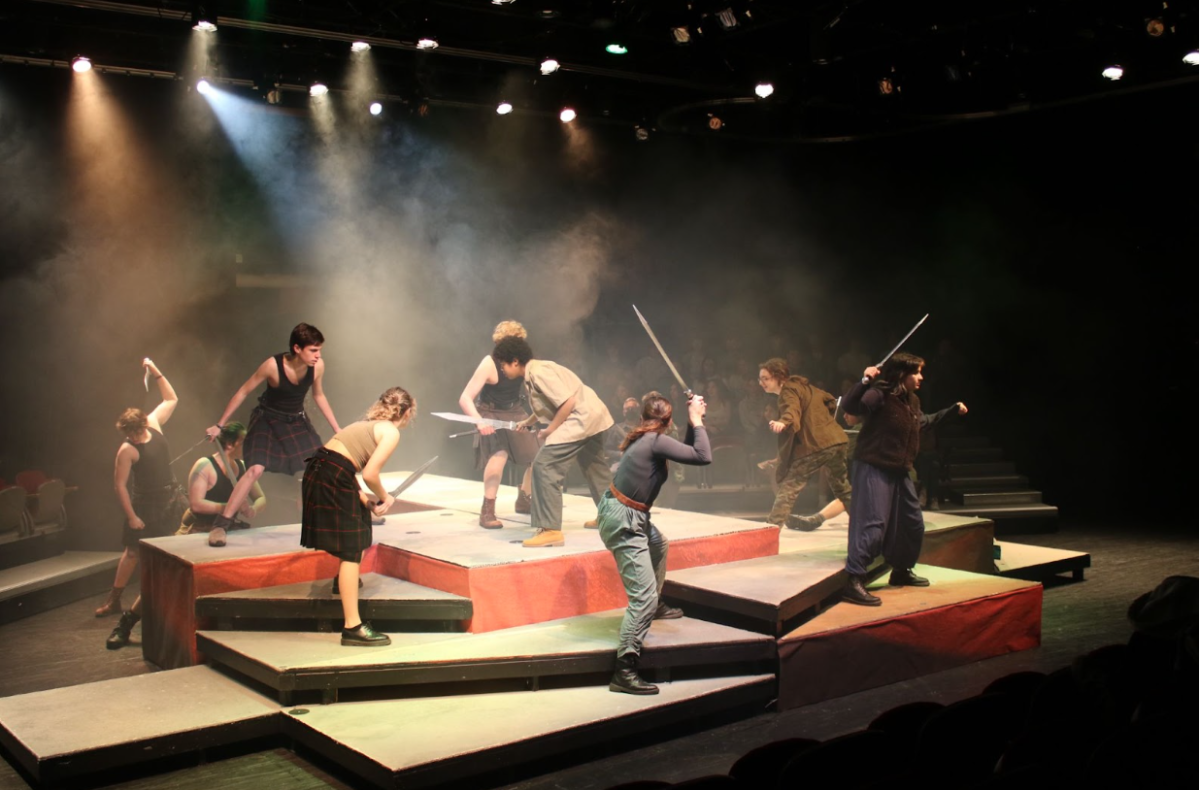

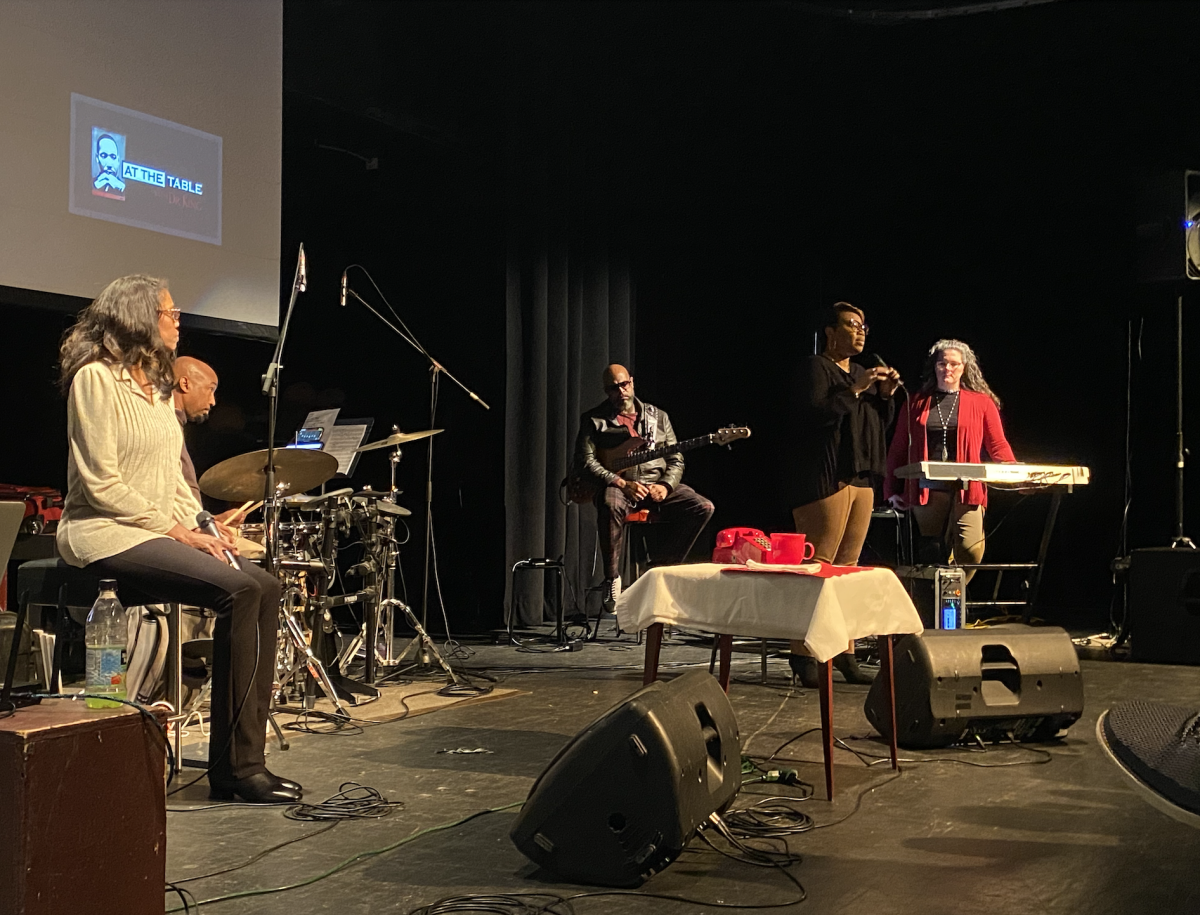














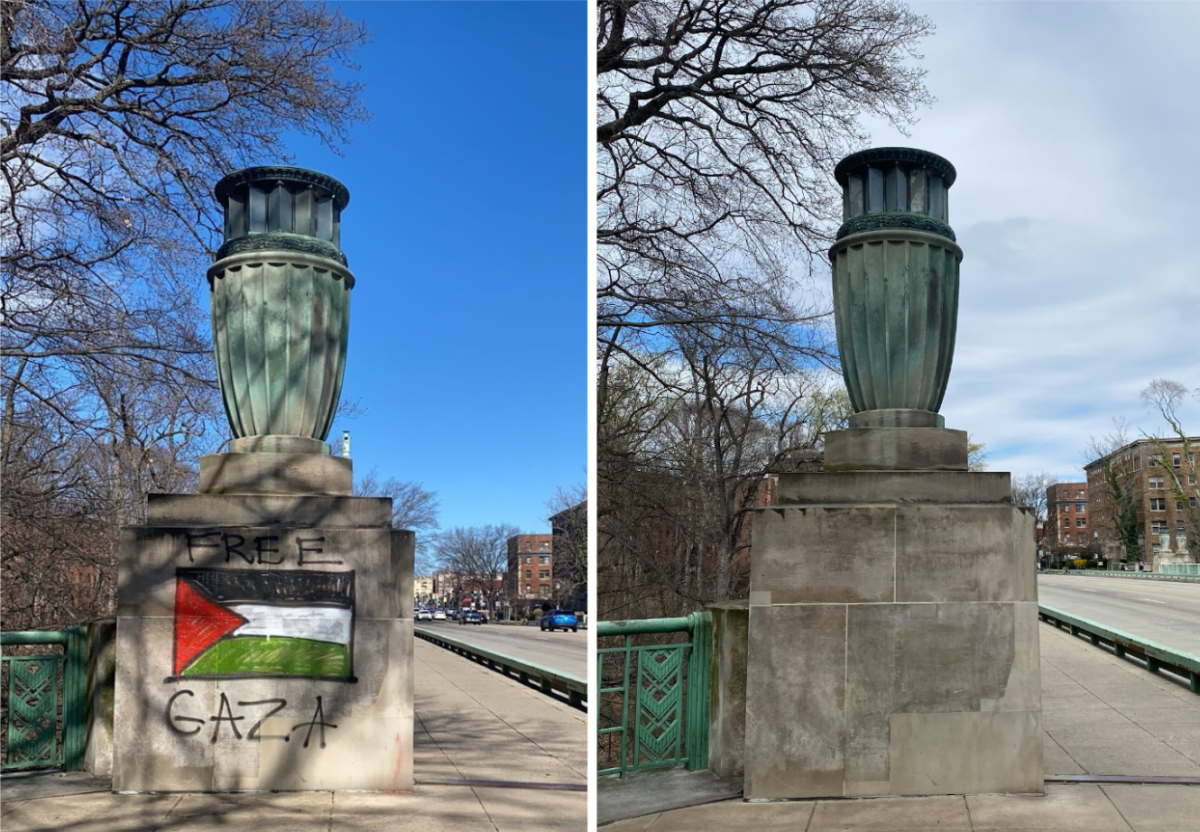

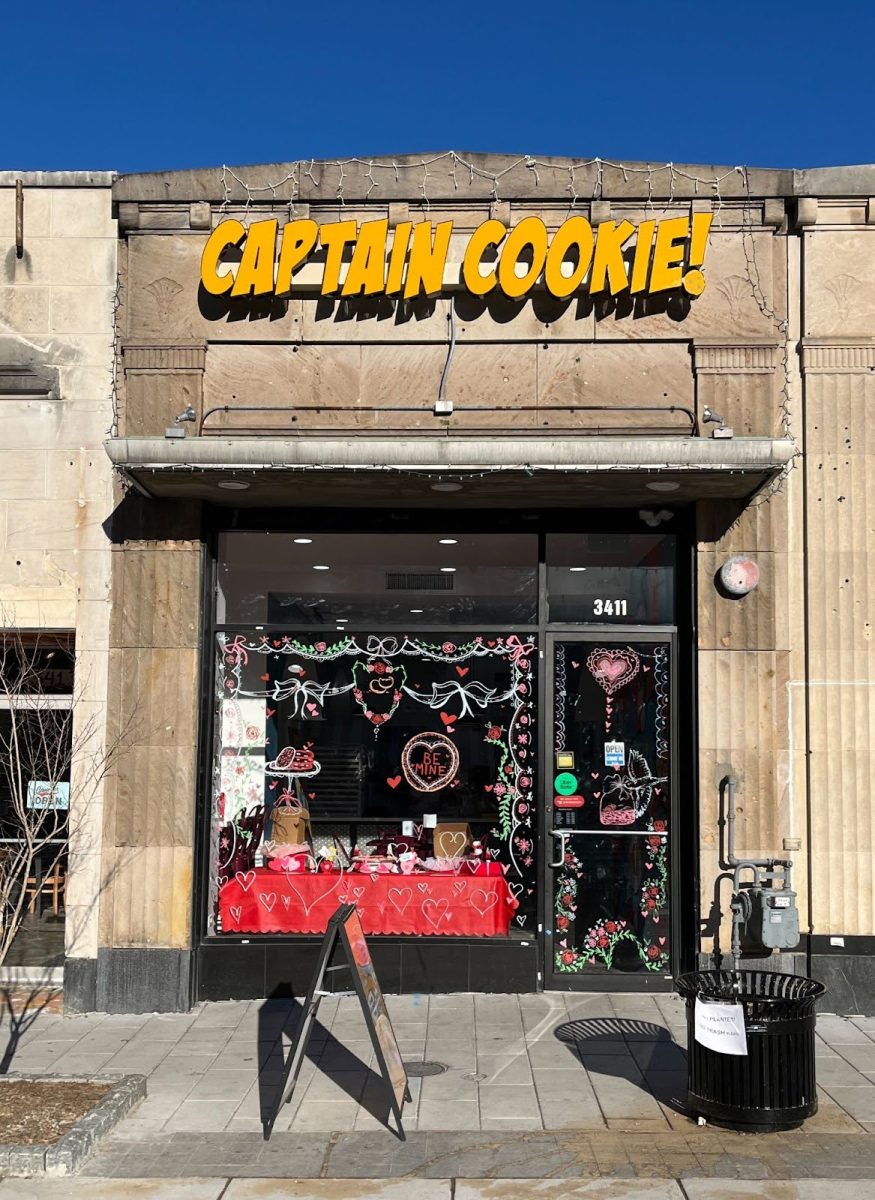
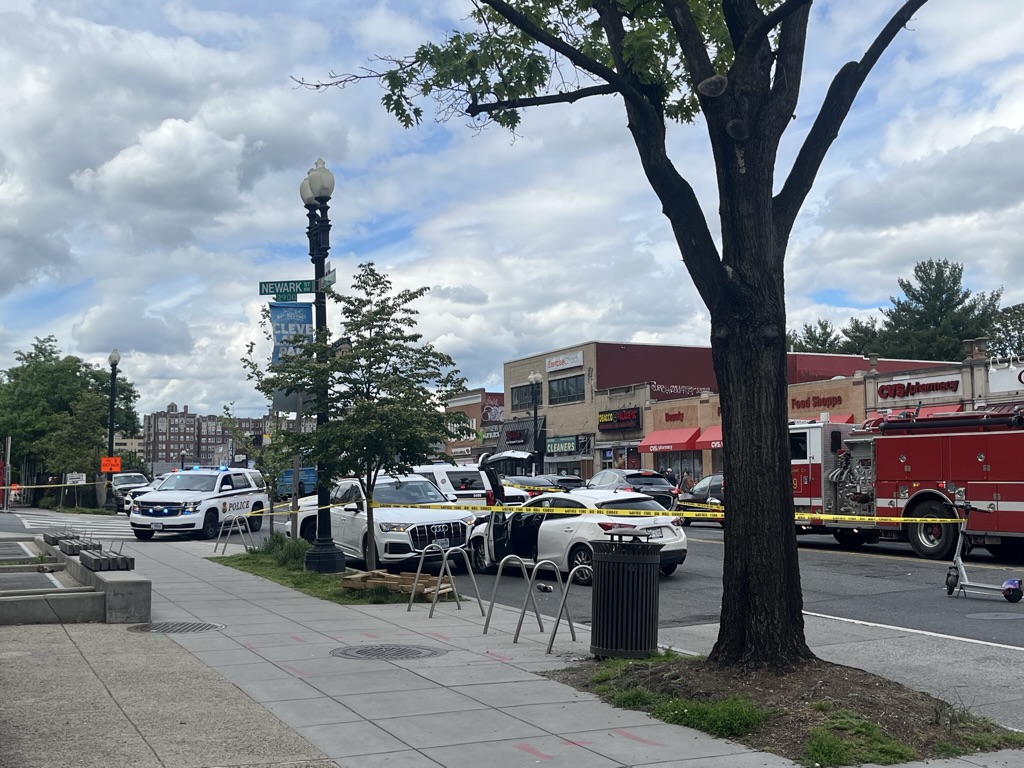

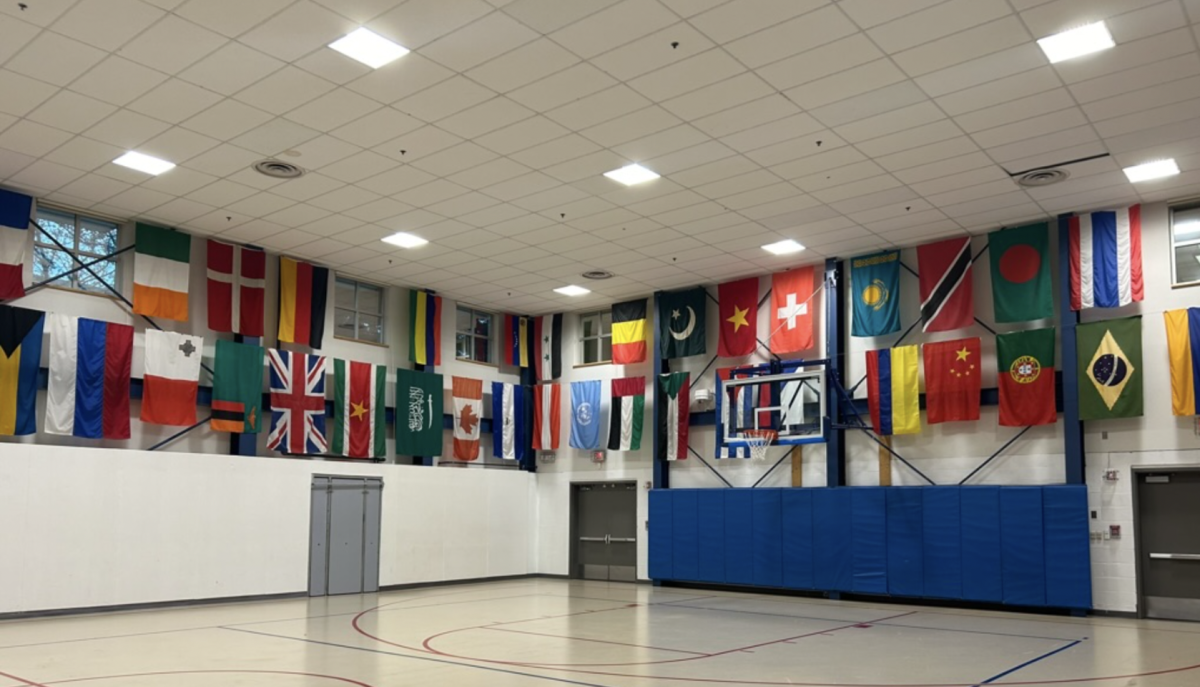







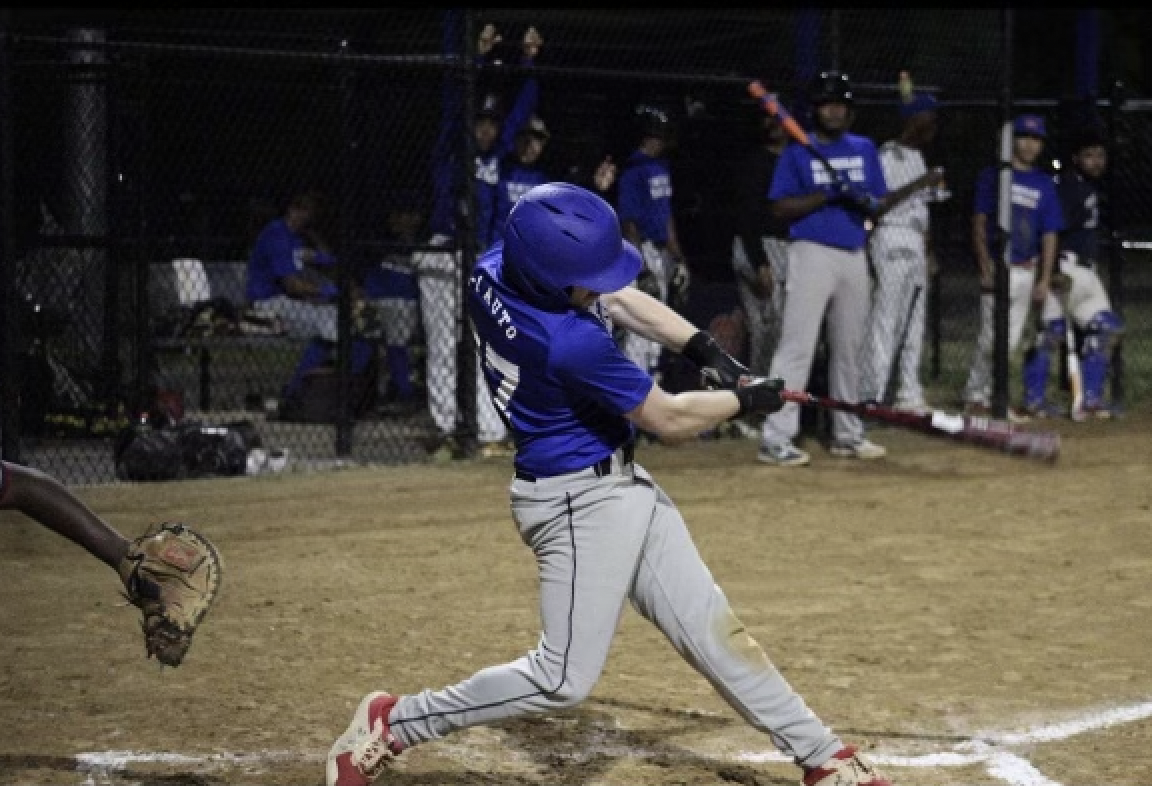





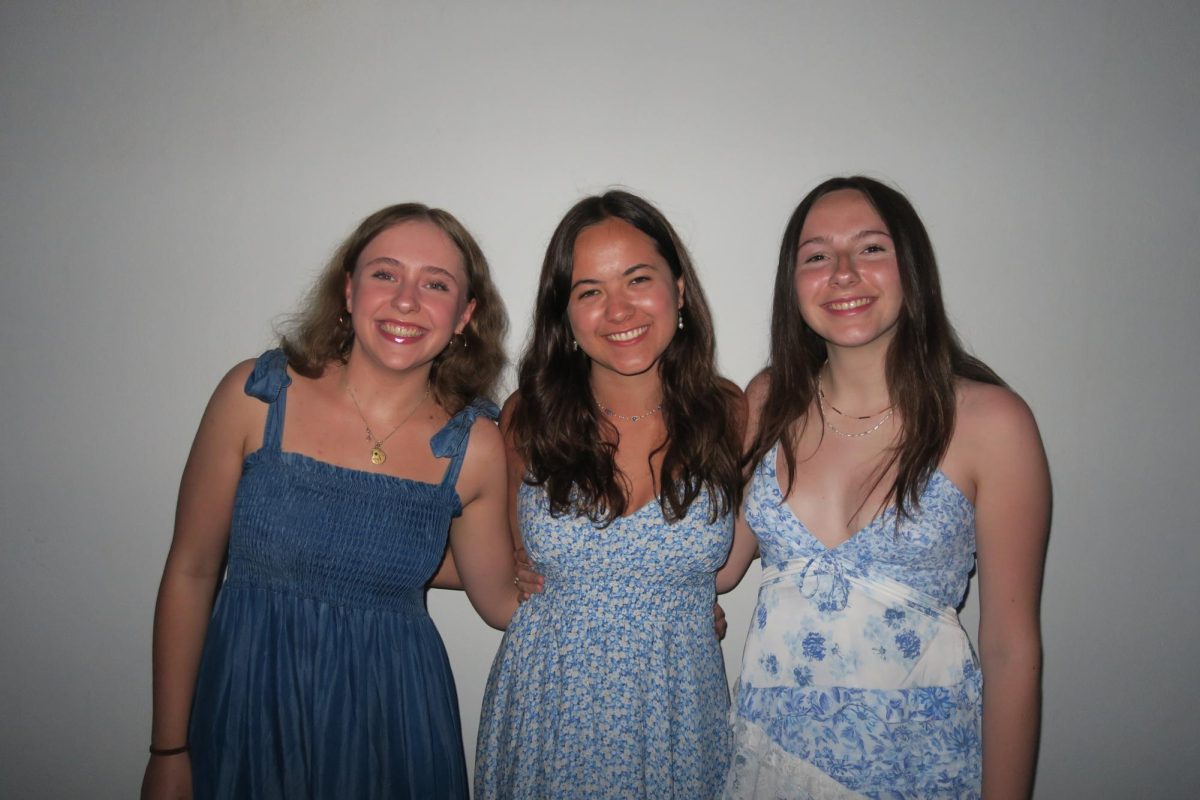
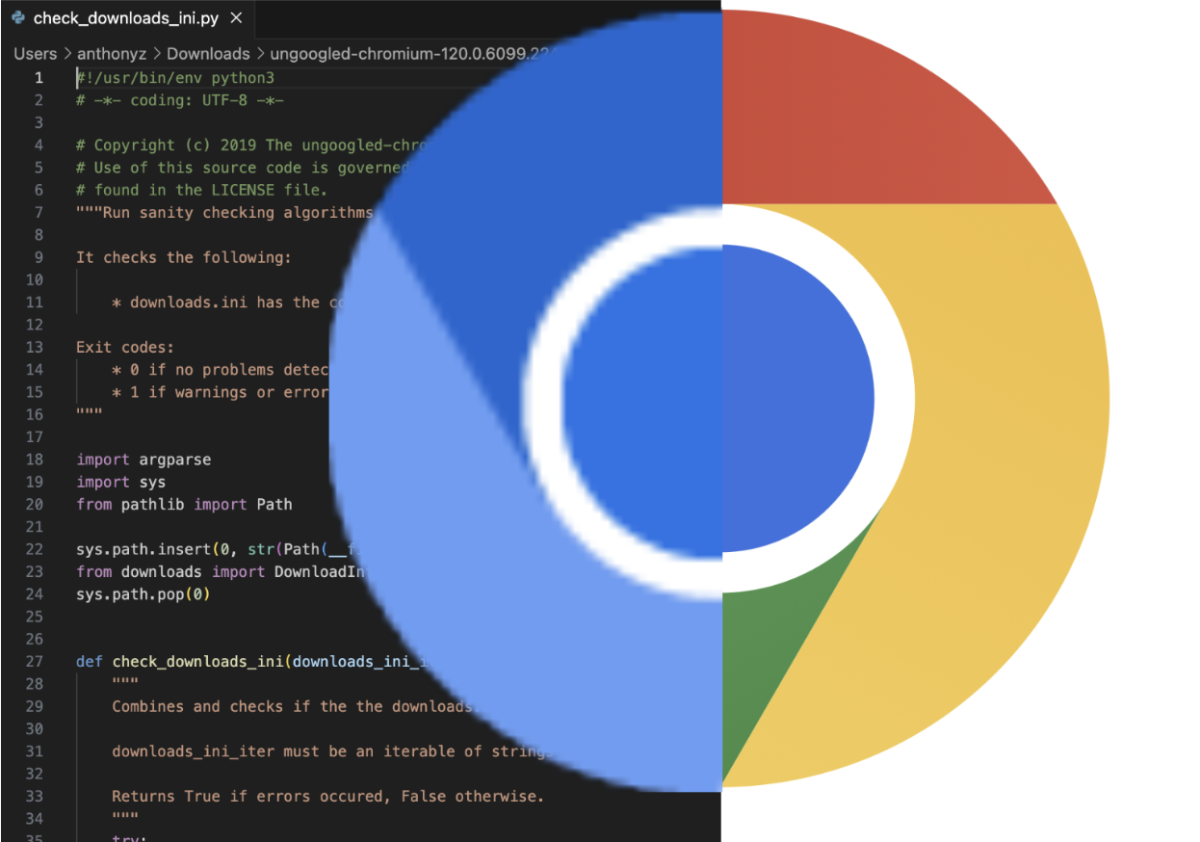
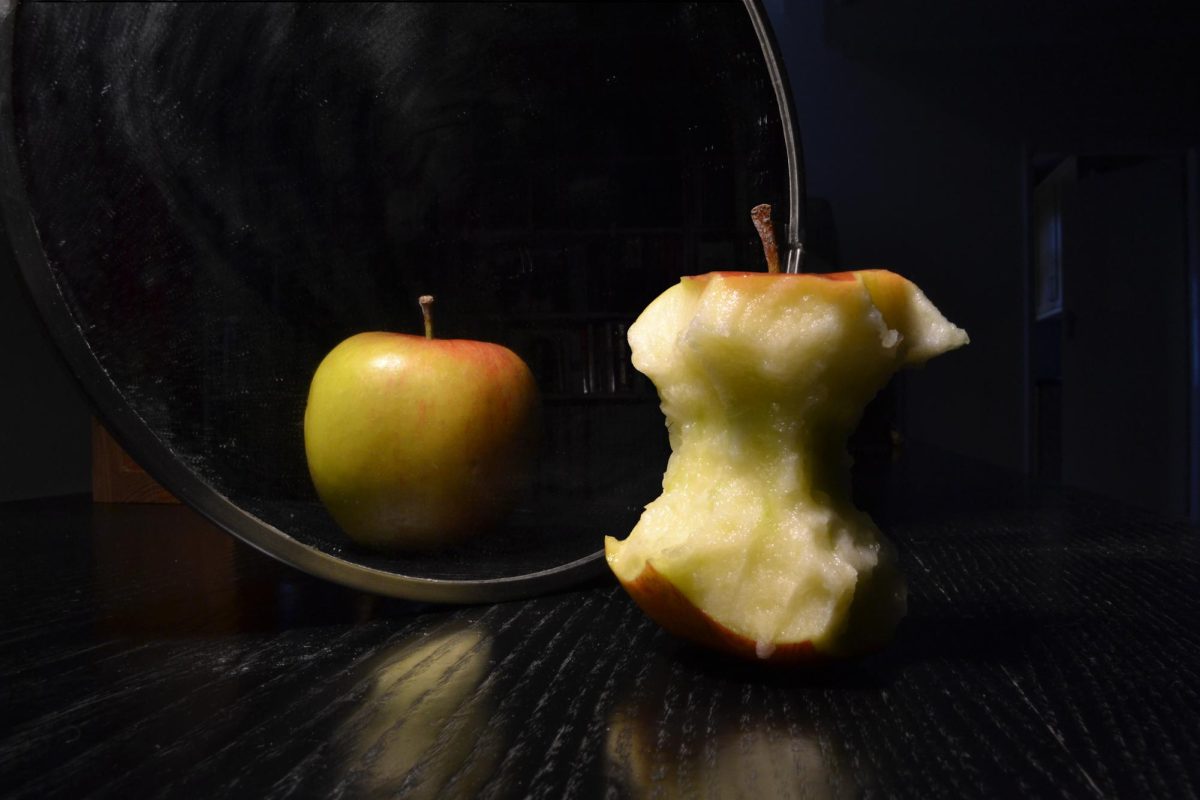

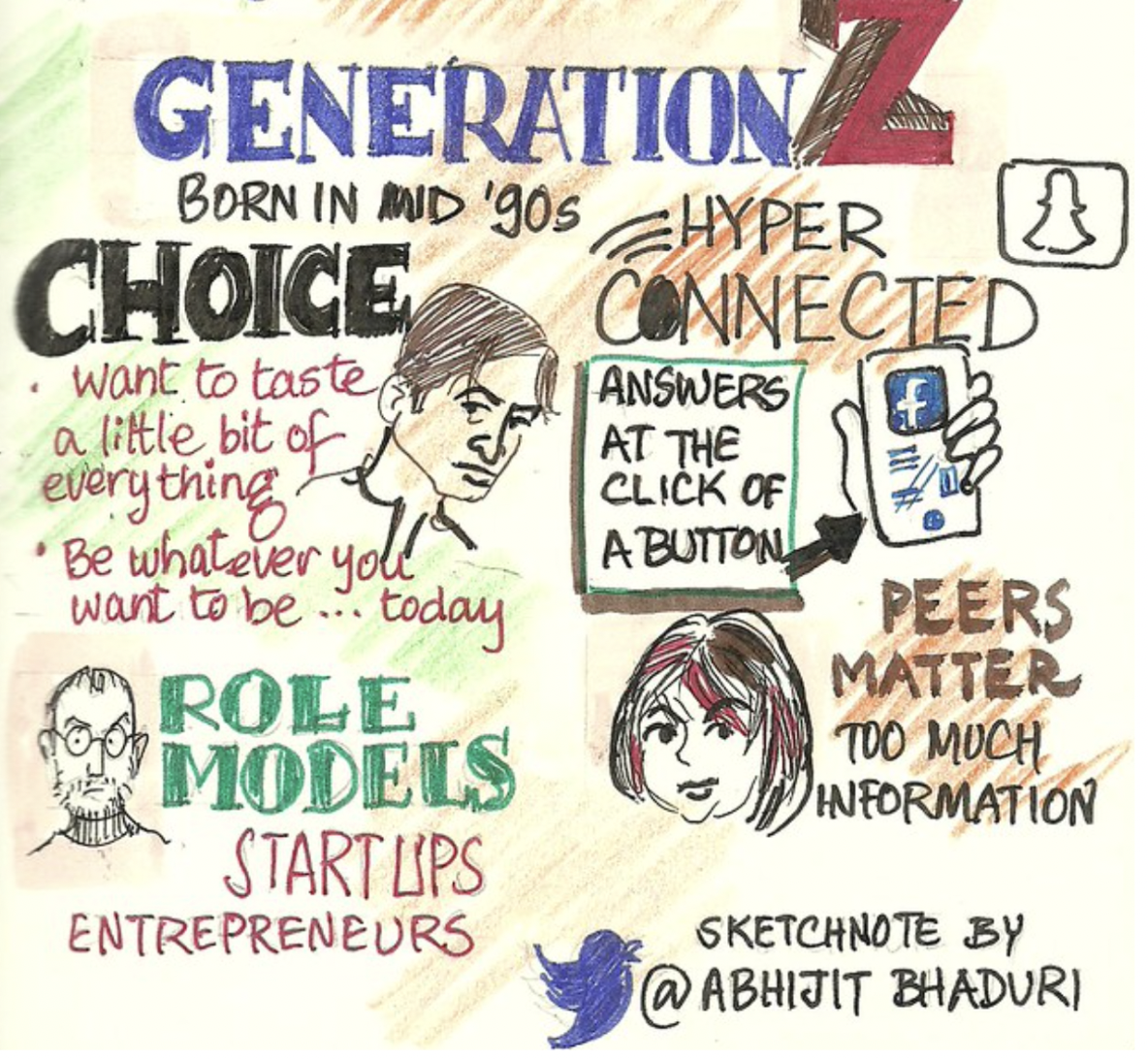






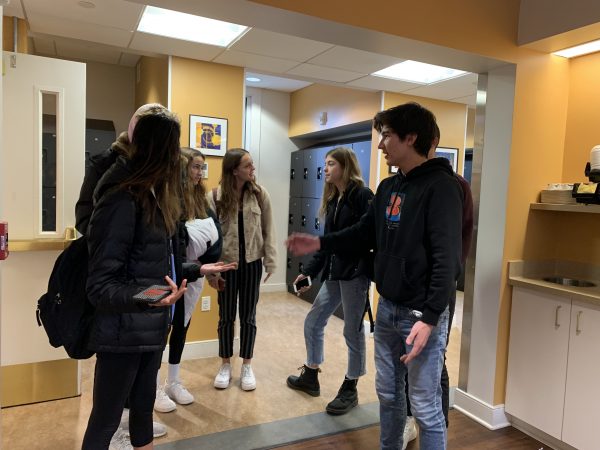
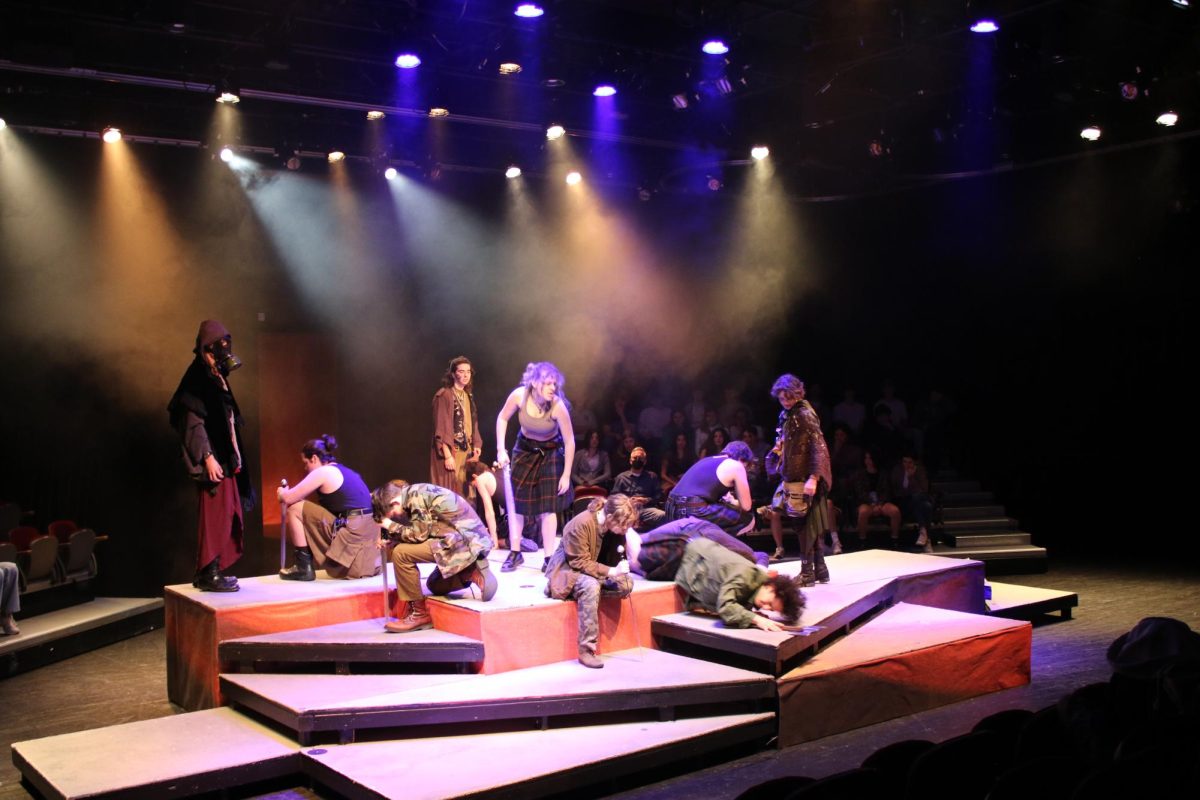
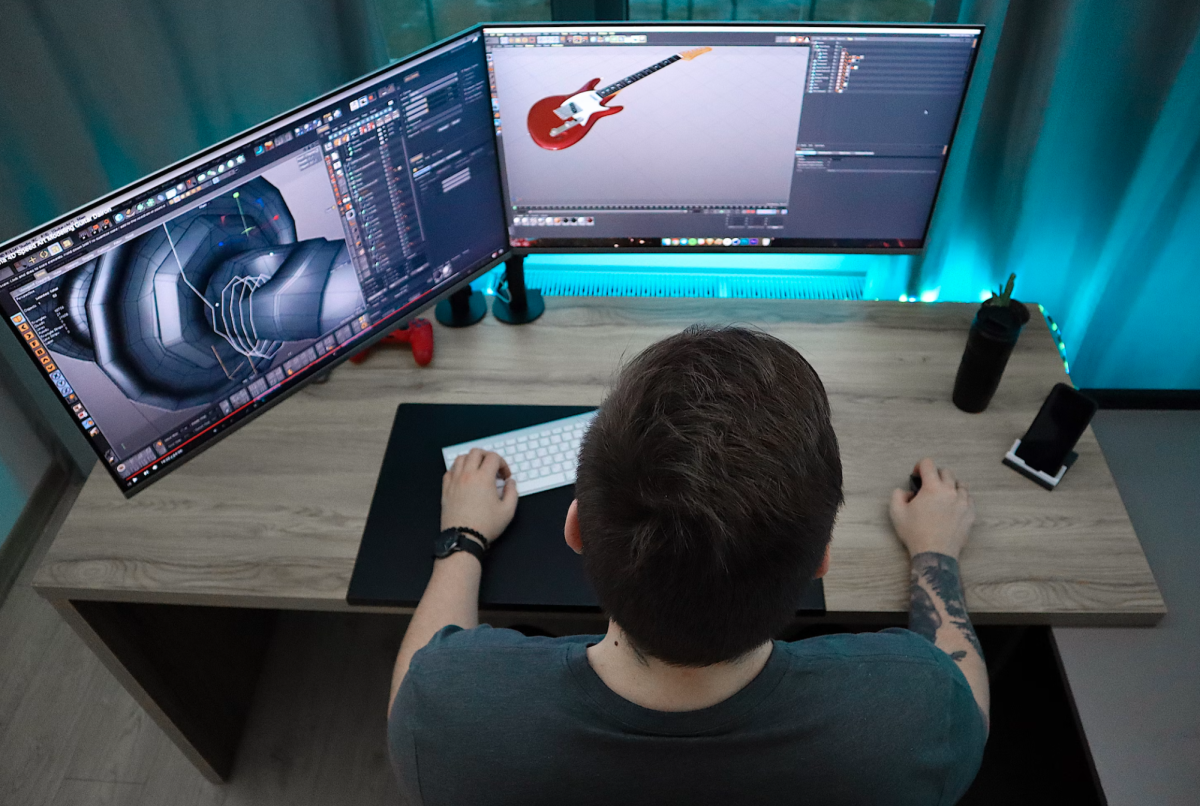





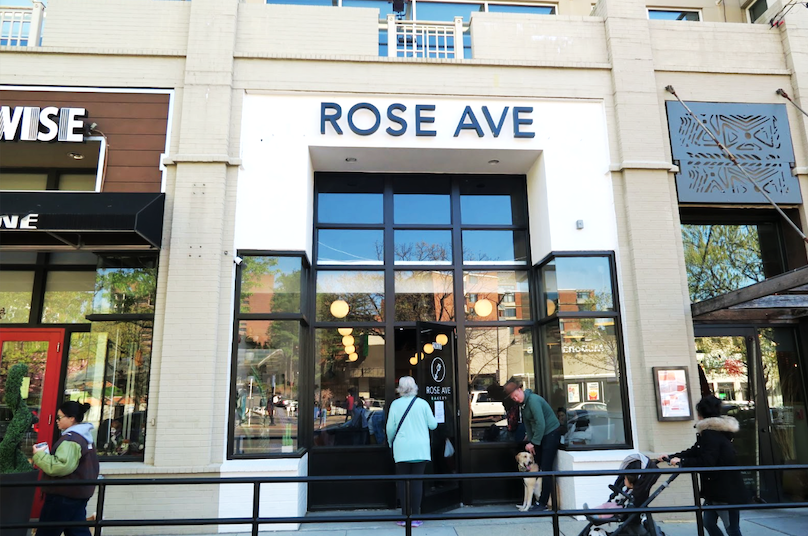

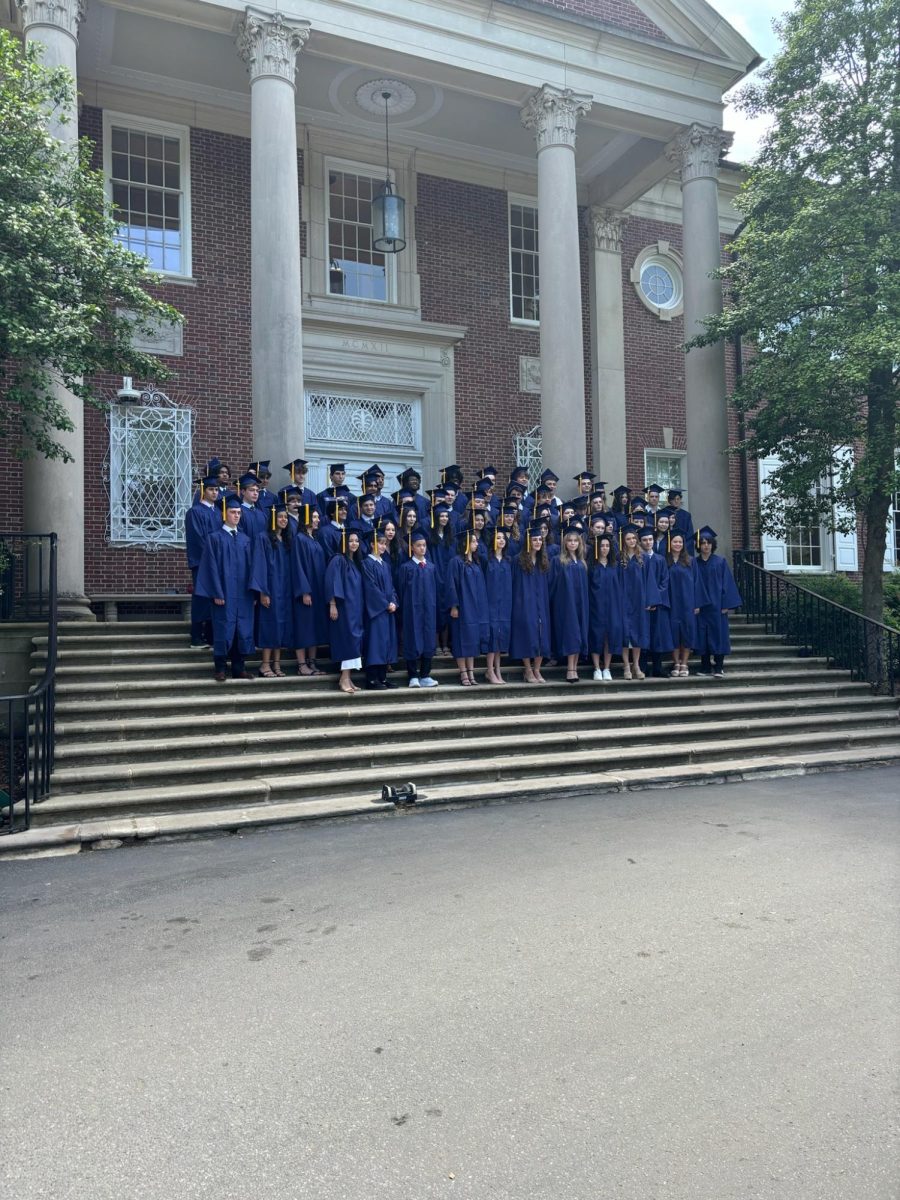

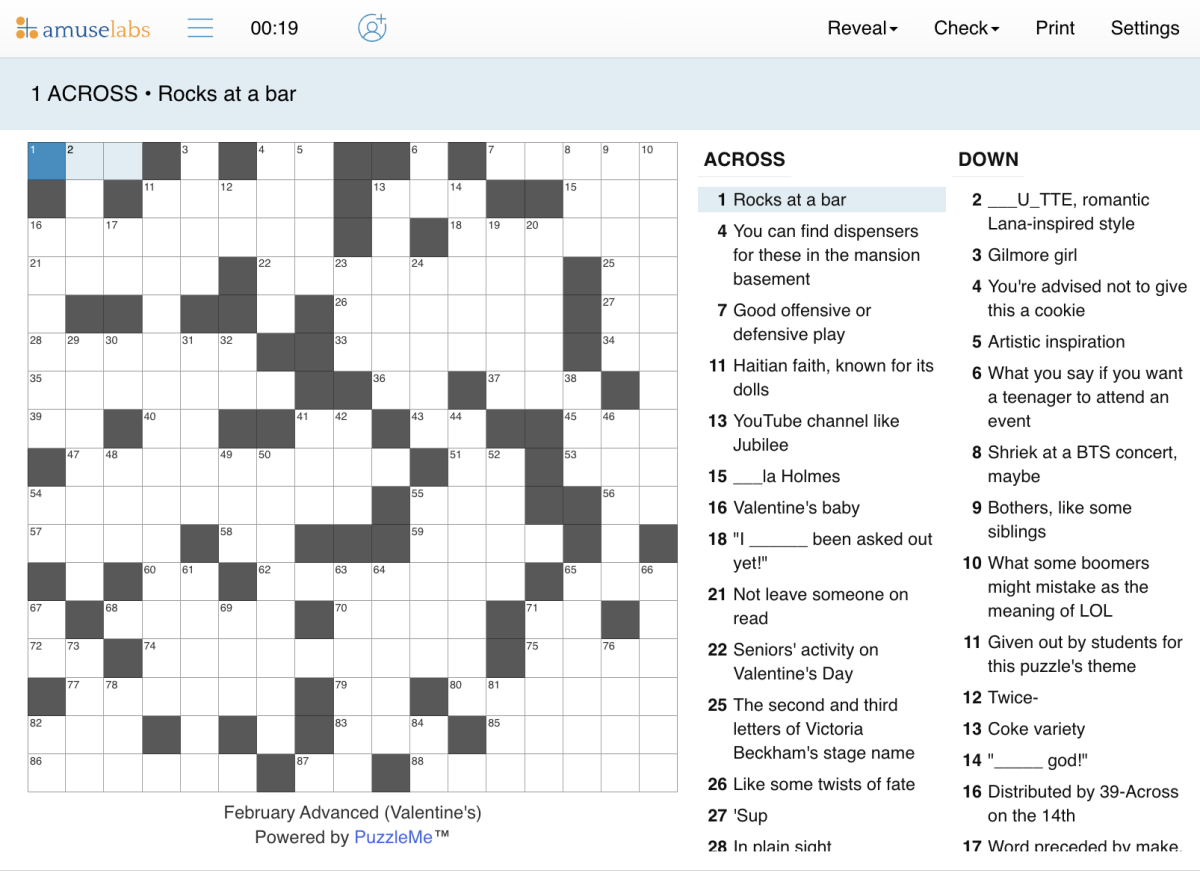


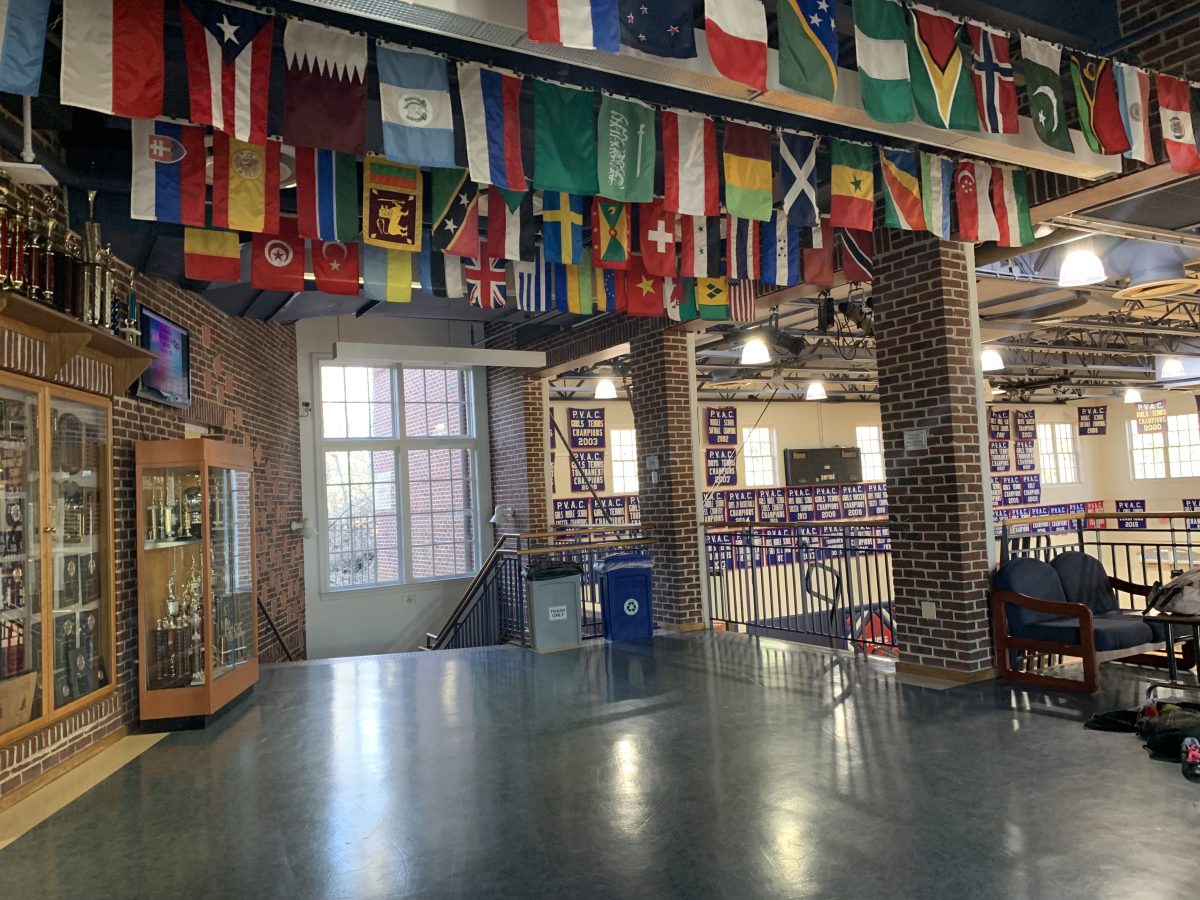
David Markus • May 23, 2019 at 5:31 pm
What a well-written balanced article. I have been very impressed by the work of Dateline this year and this article is another example of delving into a very complex topic thoroughly. Great job!
Mr. Markus